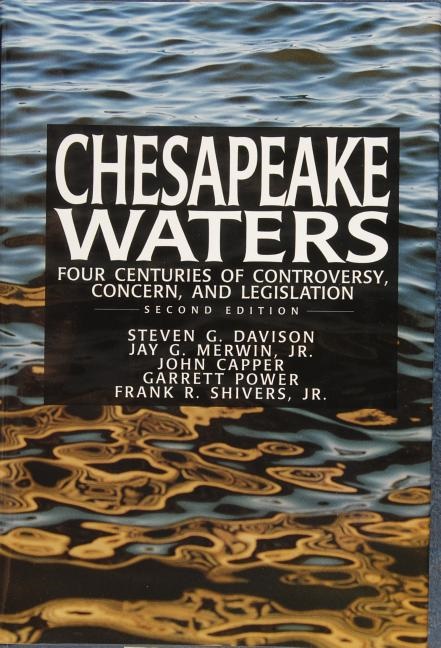Although media reports suggest that there always has been public concern over the health of the Chesapeake Bay, this is a fairly recent phenomenon. For centuries people saw the bay as a bottomless sink for waste products—a natural decomposer with the ability to freshen itself with ocean inflows. Not until human health and livelihood seemed threatened did people begin to think seriously about management by such methods as treating sewage and limiting seafood harvests.
Chesapeake Waters chronicles four centuries of public attitudes about the bay—and legislative responses to them—from 1607, the date of the first English settlement in Jamestown, Virginia, to the close of the twentieth century. In the last few decades, wide-reaching measures by federal and local governments have influenced how people use the bay: the U.S. Environmental Protection Agency completed a massive study of bay quality; the Chesapeake Bay Program was launched; the Critical Area Protection Act went into effect. The authors make sense of these complex programs, place them in historical context, and explain how they have improved the quality of bay waters.
Chesapeake Waters is as much about the power of public perception as it is about efforts to oversee bay water quality. In a work rich with anecdotes and historical art and photos, the authors relate how human attitudes and ideas have shaped four hundred years of decisions about the Chesapeake Bay.


